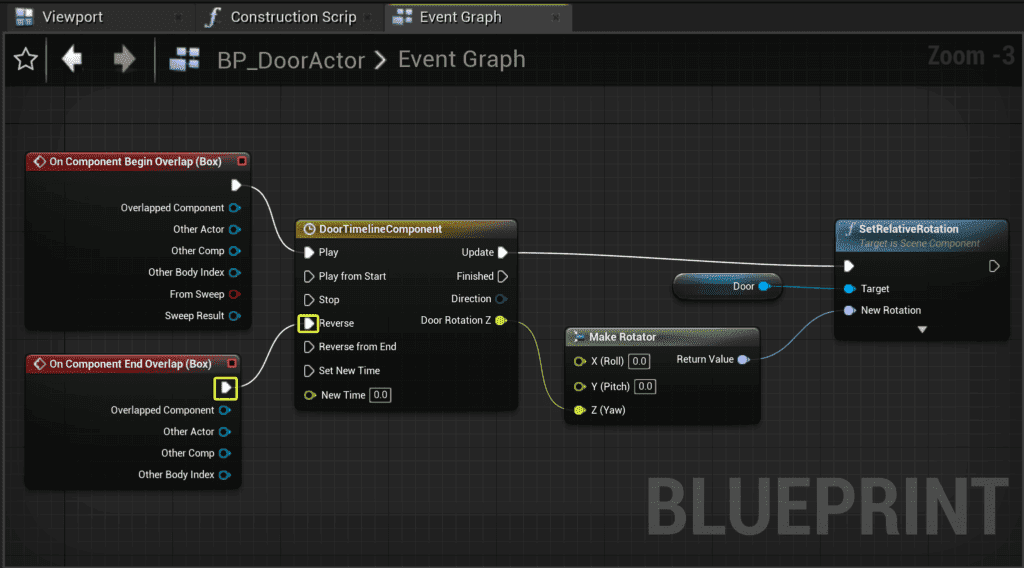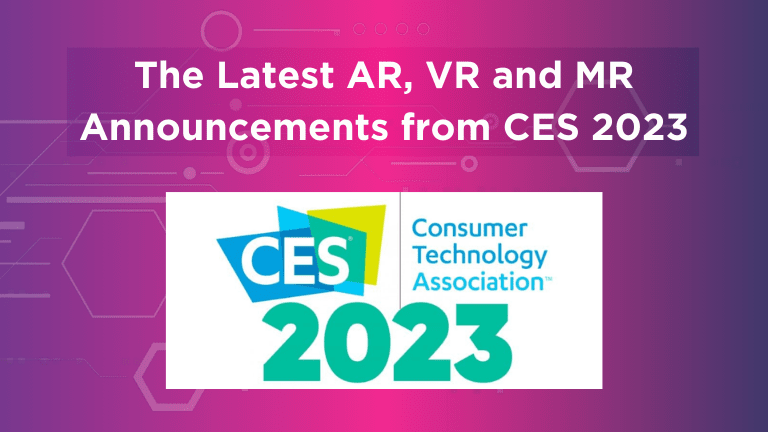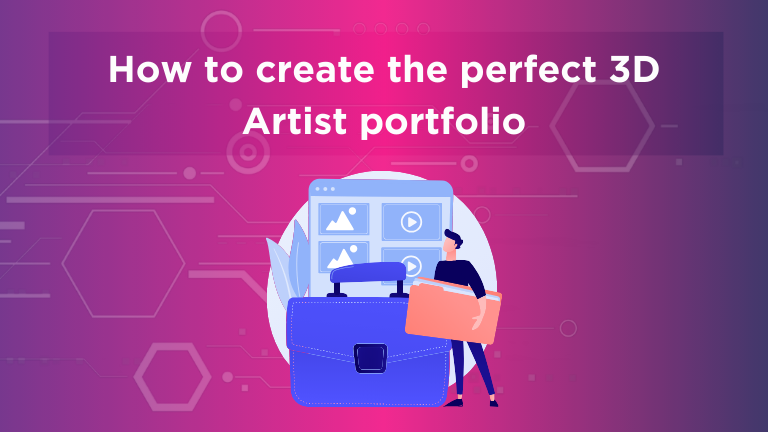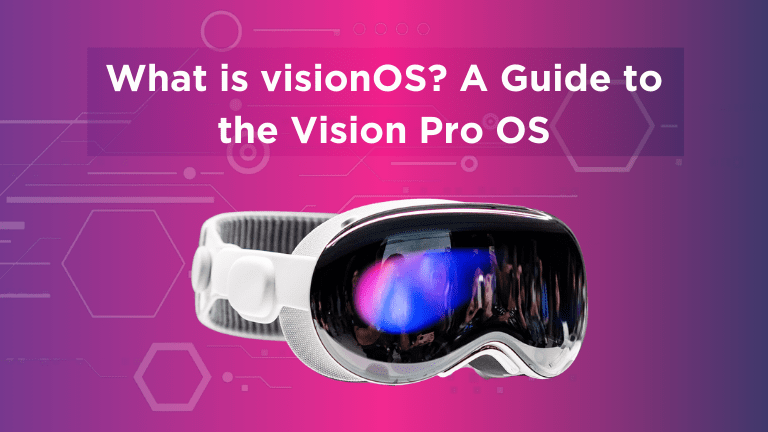As a result of the pandemic, the tech industry has seen the pace of change accelerating faster than in the previous several years combined. Millions of people worldwide have been forced to work from home and have been unable to travel freely. This has been the main driver of change in three key areas that demand skills in Unreal.
Virtual, Augmented, Reality has risen to the challenge of overcoming physical barriers to cope with restrictions. The film/TV industry turned to Virtual Production. Shows like The Mandalorian are a great showcase of how much technology has advanced. The launch of the next-generation gaming consoles and PC hardware has also led to major industry growth in Gaming.

Demand outstripping supply
Unsurprisingly, the demand for real-time 3D skills is outpacing the labour market’s growth. Burning Glass’s research shows the labour market’s demand for Unreal Engine skills. Demand for these skills has grown 601% faster than the market itself. Over the next ten years, demand for talent with Unreal Game Engine skills is projected to grow by 122%. Demand for those with Unity competence is expected to grow 72%. As more industries implement Augmented, Virtual reality technology, the demand for skills in VR and AR is projected to grow even more (207% for AR, 189% for VR). So, the battle for talent starts now.
When it comes to attracting talent, the majority of skilled Unreal professionals favour game development, film production, and visual effects (VFX) industries. This is instead of Virtual Reality, Augmented Reality and Mixed Reality industries. They’re considered to be more prestigious, attractive, and offer higher salaries.
For the industry to effectively compete for Unreal talent with companies that are perceived to be more exciting and fast-growing, Augmented, Virtual, reality companies have to raise their industry profile. It is primarily mainly used for training and simulation to showcase their true potential, diverse applicability, and ability to offer an equally exciting career. XR companies can offer a much broader playground – from collaborative design to digital twin visualisation, architectural visualisation and immersive gaming etc.
A career in Augmented, Virtual, reality often requires a combination of abilities such as software development, 3D design, and UI/UX skills. This results in Unreal XR professionals generally having a more diverse set of skills than in other industries. Many of the fastest-growing jobs in today’s tech economy are hybrid jobs or slash positions, meaning they require a merge of skill sets.
How can Augmented, Virtual, reality companies win the battle?
To raise the profile of the Augmented, Virtual reality industry, attract the best talent with Unreal skills and not be forced into a bidding war, the XR industry has to take a proactive approach to:
- Showcase the diversity of Unreal engine projects they’re working on to attract talent from other competing industries
- Collaborate with the education sector and engage in redesigning training to merge technology and creative skills in an interdisciplinary way and align academia with the industry’s needs.
- Invest in Early Talent Programs to actively engage with school leavers and graduates; promoting the benefits of a career in the XR industry
- Unlock the potential of a global workforce and ‘hire without borders’ to obtain access to talent pools in other countries
The battle for Unreal talent will only be won by Augmented, Virtual reality organisations seeing this as a sector issue and, through collaboration and vision, can continue to benefit from the positive consequence of the pandemic and overcome potential barriers to growth.




